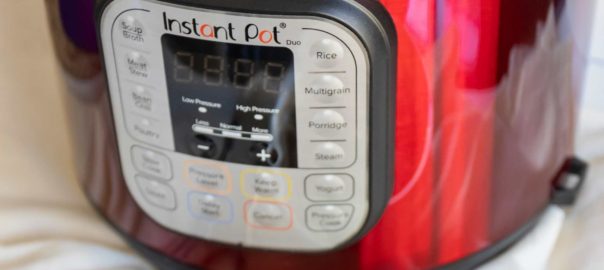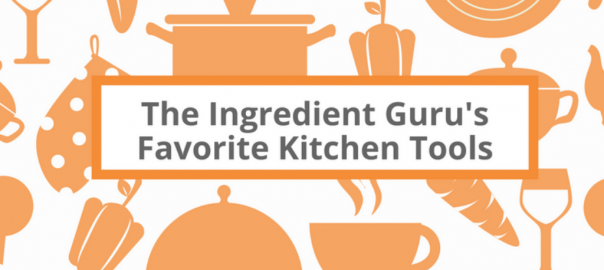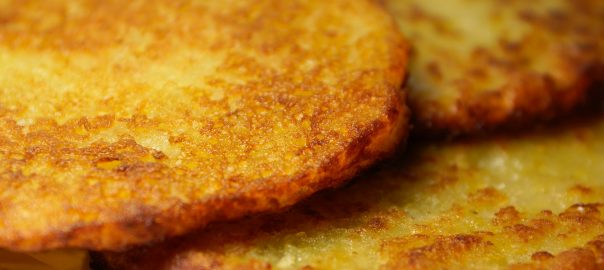by Mira Dessy, The Ingredient Guru

Keeping yourself entertained and keeping your mind active is important to overall wellness and mental health. In fact, I would argue that it’s more important now than ever before.
Most people are home by themselves or with a limited number of people. During this challenging time it’s easy to get sucked into the temptation to spend the entire day on the phone checking Facebook and Instagram every 10 minutes in case some posted something new. Or to veg out completely and binge watch Netflix for 12 hours a day.
As fun as that might sound for a little while, a steady diet of this is not good for your mental healthy, not to mention our eyeballs. Anne Lamott has a great saying, “Almost everything will work better if you unplug it for a few minutes, including you.” So here are some great activities to help you disconnect from the electronic tether. Take a break from the television, your phone, your iPad, your computer, whatever electronic devices you’ve got and just unplug for a little bit. You’ll probably feel better after you do.
Connection and Conversation
How fortunate are we to have uninterrupted time where we can actually talk with the people we are sheltering in place with (that’s assuming you’re not alone and it’s not just you and the dog or cat). Instead of everyone running in different directions taking care of their own busy lives, sit down and connect. Talk about how you’re feeling, plan a vacation, share your dreams of what’s next. There are lots of wonderful conversations you can have. If you’re stuck getting started try one of these.
Reading is fun!
I love books. There are so many wonderful books out there. Fiction or non-fiction, it’s your choice. But there’s an endless supply of wonderful things to read. If you’re an e-reader person I’d encourage you to try paper, just so you can unplug for a while. And who knows, if you look around at home you may find books you bought that you meant to read but hadn’t got around to yet. Use this as an opportunity to cut down on your tsundoku pile. Looking for a good book recommendation on health and wellness? Consider joining The Healthy Readers Book Club.
Art Projects
This is a great time to reconnect with your artistic side. We are ALL artists (here’s an article that describes my feelings on this topic exactly. One of my favorite ways to create is to doodle. Whether it’s painting, drawing, coloring books, collage, knitting, sewing, anything, let your creative spirit soar. And the best part is that this doesn’t have to be a solitary practice. If you’re sheltering in place with other people, why not take time to be creative together?
Creative Writing or Journaling
We’ve gotten away from the art of journaling. Many of us think we’re too busy to take the time to set pen to paper. But now? Well, why not take advantage of the time. You can share your thoughts about this time in history, write a story, write poems, or even share stories about your life. You may discover a reconnection to your inner thoughts when you take the time to slow down and actually write. It doesn’t have to be perfect, it doesn’t have to be a Pulitzer prize winning essay. Just write from the heart and express yourself.
Board Games
When was the last time you took the time to play a game. To get caught up in the fun and laughter of a board game, or card game, or some sort of game? Why not haul out those boxes, dust them off, and make it a new family habit. Who knows, you may have so much fun that this becomes a regular weekly practice that you take forward into your new normal when this shelter-in-place situation is lifted.
Whatever your choose for your unplugging time, one of the best benefits is the healthy distraction from the cacophony of media overwhelm. At this point we’re all on the verge of burnout from the ever-increasing noise of the media. Not to say that you shouldn’t be informed, but let’s take a break, some emotional down-time, and unplug, just for a little bit.











